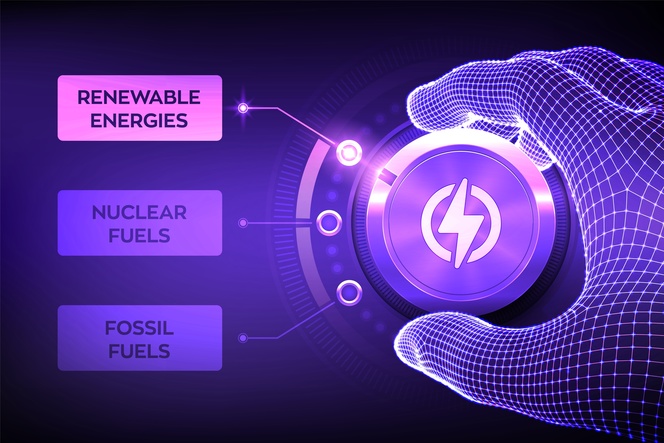Where the wind blows babe
You can bet
I’ll be riding high with it
Holding on for my dear life
Just like I always did
– Song by Zac Brown Band, Uncaged 2012
“Nature provides us with a chance to feel the things we cannot perceive with the naked eye” (Literary Devices)
Wind energy offers many advantages explaining why it’s one of the fastest growing energy sources in the world. And here’s a little secret you may not know –
Wind power now accounts for the largest share of renewable energy sources – 8.4% of total US. electricity generation and about 43% of electrical generation from renewable energy in 2020 (U.S. Energy Information Administration).
Wind is free and available and extensive years of development and research have reduced costs and significantly addressed concerns on the impact on wildlife, specifically birds and bats. Offshore solutions and technological advancements claim to realize its potential as the preeminent breakthrough solution. Despite strong demand amid a shift toward renewable power, many companies are having a hard time delivering turbines on budget and on schedule due to shipping delays, rising steel costs and other problems.
This Issue of the Socially Inspired Digest and Podcast – the 3rd episode of our 2nd season- delves into how wind energy is adapting to its new leadership role and what we can expect in the future.
Our Podcast this issue features Steven Pugh, Partner Hermes Infrastructure, a leader in renewable energy development in the UK. We also hear from our panel of experts in our Spotlight section who tackle the question:
Wind power’s role in the renewable energy transition: What are the risks and opportunities?
World attention has never been more focused and aligned to meet the environmental fight of our lives. The recent COP26 conference in Glasgow, Scotland underscores the world’s readiness to invest where necessary. More reason to be inspired.
Our mission at the Socially Inspired Investor is to keep you informed so you can not only achieve your investment goals but also to do it while aligning with your personal values. Please pass along this link sociallyinspiredinvestor.com to others whom you think will be interested and benefit from our Digest and Podcast.
We hope you enjoy this important issue.

